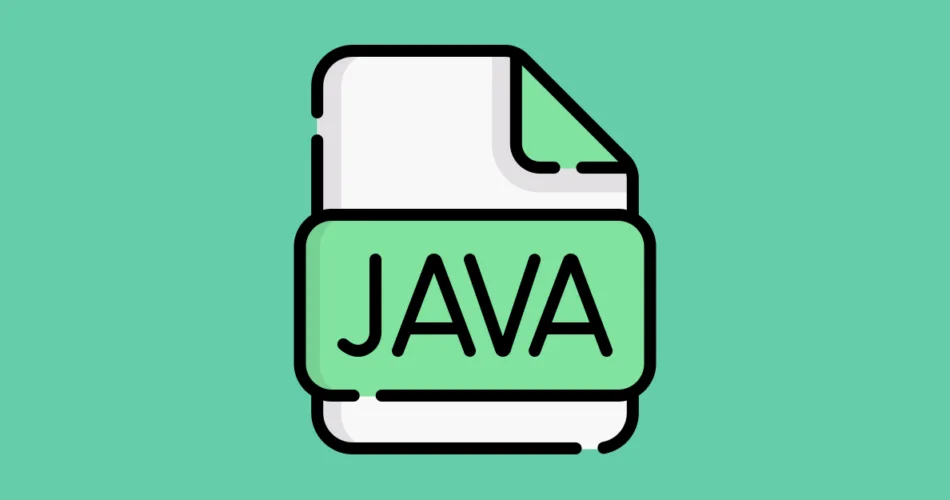The journey of becoming a proficient Java programmer begins with a fundamental task: writing and running your first Java program. In this comprehensive guide, we’ll walk you through the process, providing clear steps and practical examples to ensure a smooth initiation into the world of Java programming.
Getting Started: Setting Up Your Environment
Before we dive into writing code, it’s crucial to have your Java development environment properly set up. Make sure you have the Java Development Kit (JDK) installed on your machine. You can download the latest JDK version from the official Oracle website or opt for open-source alternatives like OpenJDK.
Once you have the JDK installed, you’re ready to embark on your Java programming journey.
Writing Your First Java Program: The Classic “Hello, World!”
In the world of programming, it’s a tradition to begin with the simplest yet most iconic program: “Hello, World!” This program prints the famous greeting to the console and serves as an excellent starting point for learning the basics of Java.
Let’s walk through the process of writing and running the “Hello, World!” program step by step:
1: Open Your Preferred Text Editor or Integrated Development Environment (IDE)
You can use any text editor to write Java code, but an IDE like Eclipse, IntelliJ IDEA, or NetBeans provides a more feature-rich and user-friendly environment. For this example, we’ll use a simple text editor.
2: Write the Java Code
public class HelloWorld {
public static void main(String[] args) {
System.out.println("Hello, World!");
}
}
In this code snippet:
public class HelloWorld: Defines a class named “HelloWorld.”public static void main(String[] args): Declares the main method, the entry point for your program.System.out.println("Hello, World!");: Prints the message “Hello, World!” to the console.
3: Save Your Java File
Save the Java code in a file named HelloWorld.java. Ensure that the file extension is .java.
Compiling and Running Your Java Program
Now that your Java program is written, it’s time to compile and run it.
1: Open a Terminal or Command Prompt
Navigate to the directory where you saved your HelloWorld.java file using the terminal or command prompt.
2: Compile the Java Program
In the terminal, type the following command and press Enter:
javac HelloWorld.java
This command compiles your Java code and generates a bytecode file named HelloWorld.class.
3: Run the Java Program
After successfully compiling the program, run it with the following command:
java HelloWorld
You should see the output:
Hello, World!
Congratulations! You’ve written and successfully run your first Java program.
Exploring Further: Building Upon the Basics
With your first Java program under your belt, you’re ready to explore more complex concepts and build increasingly sophisticated applications. As you delve deeper into the world of Java programming, you’ll encounter topics like data types, variables, control structures, object-oriented programming, and more.
Remember, the journey to becoming a proficient Java programmer is a gradual one. Practice, experimentation, and a willingness to learn are key ingredients for success. As you continue your Java programming adventure, you’ll find yourself crafting powerful and innovative solutions that contribute to the ever-evolving realm of software development.
Conclusion: Your Java Programming Odyssey Begins
Writing and running a Java program is your passport to the exciting realm of coding. This foundational experience provides a glimpse into the potential and possibilities that Java offers. By mastering the basics, you’re equipped to embark on an incredible journey, where creativity and problem-solving converge to shape the future of technology.
Seize this opportunity to dive deeper into Java, unlock its capabilities, and contribute your unique voice to the world of software development. Your journey has just begun, and with each line of code you write, you’re crafting a narrative that adds to the rich tapestry of Java’s legacy.
Subscribe to our email newsletter to get the latest posts delivered right to your email.


Comments